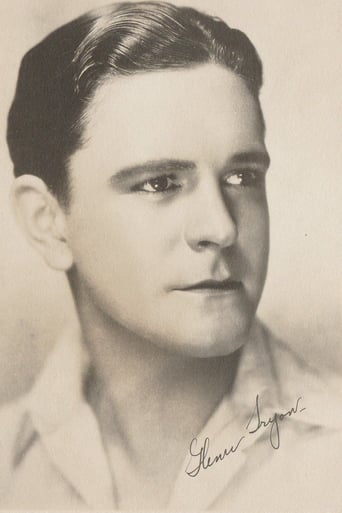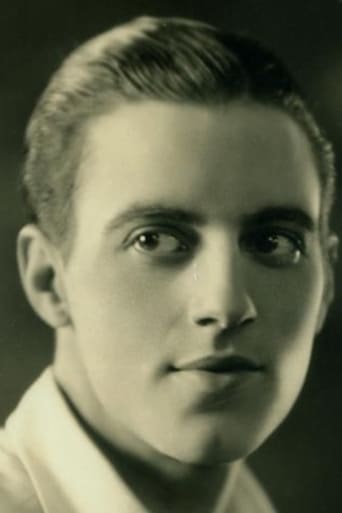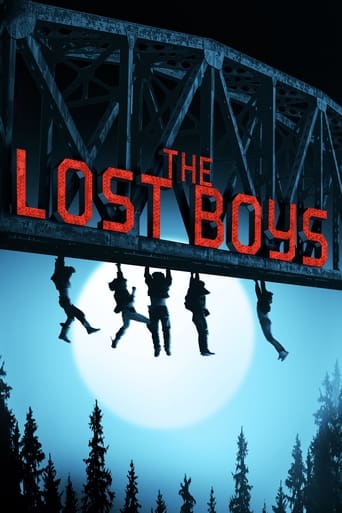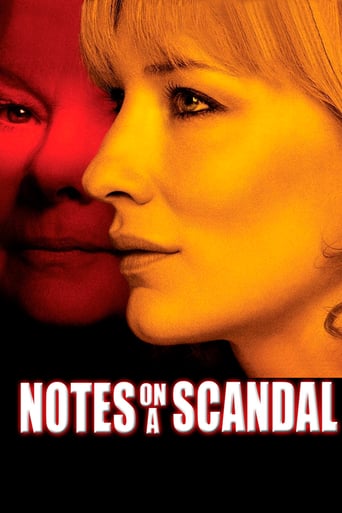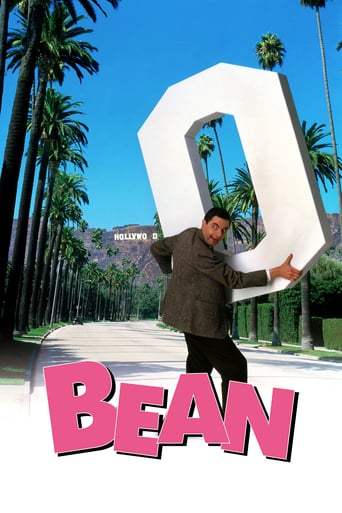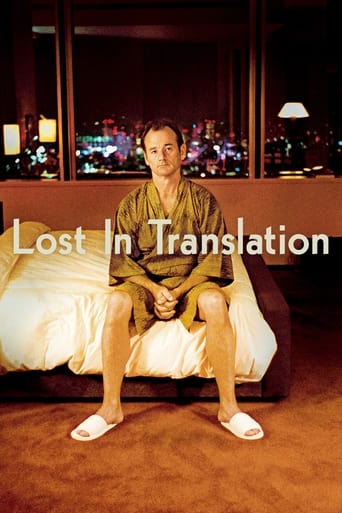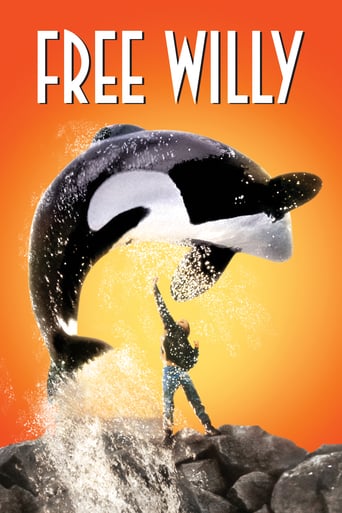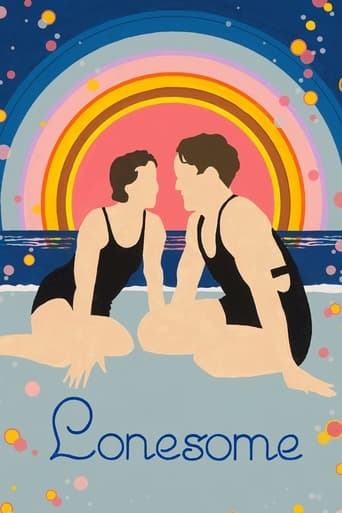
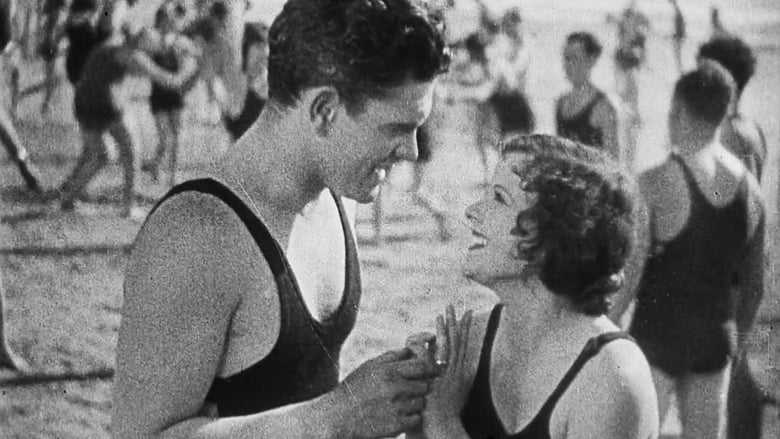
Lonesome (1928)
Two lonely people in the big city meet and enjoy the thrills of an amusement park, only to lose each other in the crowd after spending a great day together. Will they ever see each other again?
Watch Trailer
Cast


Similar titles
Reviews
Absolutely the worst movie.
I didn’t really have many expectations going into the movie (good or bad), but I actually really enjoyed it. I really liked the characters and the banter between them.
It really made me laugh, but for some moments I was tearing up because I could relate so much.
This is a small, humorous movie in some ways, but it has a huge heart. What a nice experience.
... and I could say the same thing about Fejos' "Broadway", made a year later. Fejos recounts the tale of two lonely New Yorkers, Jim (Glen Tryon) and Mary (Barbara Kent), who find love and each other during a half day holiday at the beach and Coney Island. You first see the workday from Jim and Mary's perspective as they are ruled first by the tyranny of the alarm clock and then the tedium of the workday as you see a clock overlaying the image of each at work. Jim is a low-level machine operator, and Mary is a telephone operator. Then there are "the crowds". Jim and Mary are crowded at breakfast, at a diner filled with patrons, crowded on the subway, crowded at work, and crowded at the beach and amusement park. Yet both of them are completely alone in the world, which, especially in the attractive Miss Kent's case, seems somewhat inconceivable.This late era silent has a dearth of title cards, which does not subtract from the film's enjoyment. In fact, what does subtract just a little are the short dialogue scenes that just don't make sense. One scene is Jim and Mary on the beach suddenly in the dark AND in color, with the crowd removed. Nothing they say shines any light on their situation or feelings at all. Another one is in a courtroom where Jim has been detained for being unruly. He gives a speech like a Bolshevik basically shaming the judge and ... the judge lets him go???? This social awareness seems very strange stuff coming from Jim who, up to that point, has seemed to be a very uncomplicated fellow. Very strange, but typical of talking scenes inserted into silent films at the dawn of sound.What is extra special about this film is to see the lives of working class people in 1928. Notice that the workday that Jim and Mary are going through is a Saturday, and this was the norm back then and until some time after WWII. People would normally work half a day on Saturday and have only Sunday in its entirety as a day off. Catch this film if you can, even if you are not a huge silent film buff.
I saw a bad print ,on you tube ,with rock music and Czech titles.I was not aware that this was an American silent,and that actor in it was Glen Tyrone ,of king of jazz fame.I thought it was a Slovakian silent,but, when I read the i.m.b d . about it ,I was surprised.It was a silent that originally had synchronized music and sound effects and had talking sequences.I got real curious about it more.Then I read that it wasn't lost at all.It was played in archive theaters.I even suggest t.c.m if they could considered playing it .They ignored me .Then ,by surprise,I discovered that the restored version of lonesome was put On d.v.d. ,with four other Paul Fejos films.So I bought it.It was a good Tone poem about two lonely people ,played by Glen Tyron and Barbera Kent.She is a switch board operator ,while he is a machinist.They both end up meeting each other on Koney Island Beach.But only learn their name later on ,Mary,",so! it was Mary!Mary!, and Jim.The movie looks a little bit similar to Sunrise.Some of the Koney island amusement park night scenes were tinted ans stencil colored.It was a good effect.It also seemed that Andy Divine played a small part too, he was also a bit leaner in 28.The talking sequences looked like they were done in a hurry.The Camera did not move.Not even zoom lenses were used.The police station sequence was very static in it's sound talking photography.But they probably had a date type release the film and could not take more time for better shots, may be.In spite of this this is a very good silent ,sound classic film.One of the reason probably why it took time to get it on home video, was the fact,The song ,"always,written by Irving Berlin,Was in the movie as back ground music and a record sequence.The copy rights had to be paid to the Irving Berlin estate,may be.This comes with three other Paul Fejos classic films, Then talking version of Broadway, 1929.The silent version of ," The last performance,1929.It is worthy of collection.Available from Criterion and amazon.com and your specialty shops. I don't think wall mart would have this, may be. 09/22/12
...that I cannot stand my own company...says the hero.This could be the optimistic side of King Vidor's "the crowd".This era was a time when the pursuit of happiness was legitimate and "even with a face like that" you could hope to find the woman of your dreams.Robert Siodmak would make "Menschen Am Sonntag" and Marcel Carné "Nogent Eldorado Du Dimanche" soon after ,and would replace Coney Island by the banks of the Rhine or of the Seine.1928 was the year before the crash .Even in the biggest city in the world ,you can be lonelier than the loneliest of creatures.He pretends he is a millionaire ,she pretends she is a princess ;in fact he is a working man,she is an operator .It is not as optimistic as it seems at first sight.The crowds are hostile and do nothing to help them ,they are as selfish as today's crowds ."Lonesome " is an important movie,if only for its simplicity and its spontaneity.Everything happens in the short space of one day (from the rude awakening to the night when solitude becomes even harder to bear ) and the two principals are really endearing ,almost matching Janet Gaynor and Charles Farrell.NB:Paul Fejos would continue his career in France in the early thirties where he directed Annabella in a tragic melodrama ("Marie Legende Hongroise")and a remake of Feuillade's "Fantomas", the first third of which surpasses the original .
A young man and a young woman lead nearly identical lives throughout the day, he a punch-press operator and she a telephone operator. After work, both decide to go to Coney Island, where they meet, have fun, fall in love, and then lose each other. The movie's cute, but it isn't anything superb. There were two much better films made in the same year that Lonesome reminds me of. First, King Vidor's The Crowd, one of the best films of the period. That one takes place over quite a lot more time, but the styles are similar, with The Crowd being much more sophisticated in its narrative, characterization, etc. The Coney Island scenes are probably the most celebrated part of Lonesome, but these are nothing compared to those in the Harold Lloyd vehicle Speedy. Fejös exaggerates these scenes beyond belief, with so much confetti falling on the Coney Island patrons that one would think the crowd would drown in paper. This film is from the school of silent filmmaking where putting a lot of people on screen at the same time is considered ingenious. In comparison, the crowds of Speedy are believable, and that sequence is absolutely lovely. Lonesome also suffers from three intrusive sound sequences, which Universal forced in at the last minute. They stop the film dead in its tracks (but they are somewhat funny). Overall, the film is entertaining, if not too memorable. One particular sequence stands out as masterful: the man's and woman's workdays, edited back to back, with the whole screen surrounded by the numbers on a clock, translucent hands following the time. 7/10.



